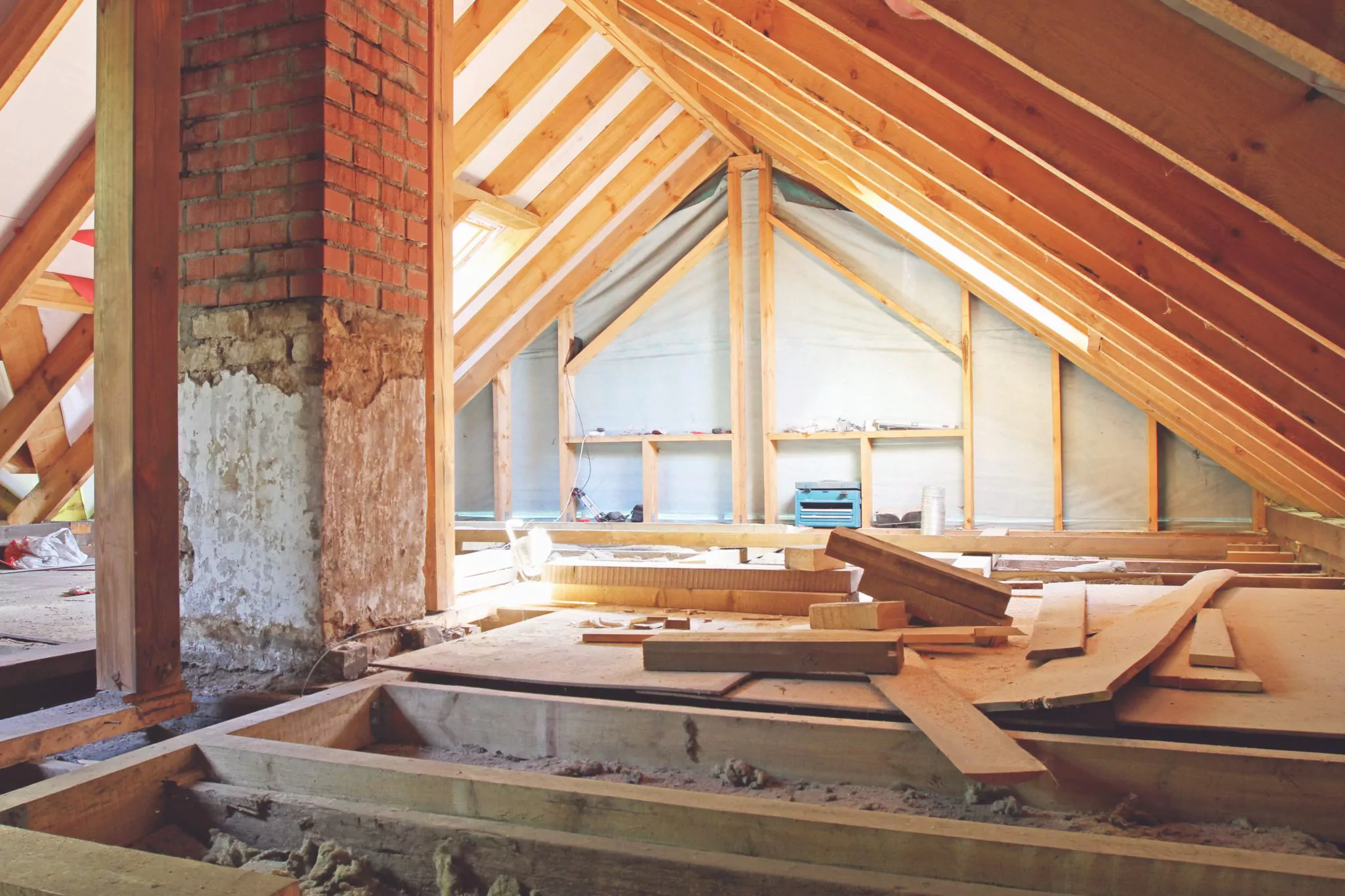How to Install a Ceiling Fan Without Existing Wiring and No Attic Access?
Share
If you're looking to install a ceiling fan without existing wiring and no attic access, youre in the right place! Installing a ceiling fan can dramatically change the ambiance and comfort of your space. With technological advancements, it is now possible to install a ceiling fan even in challenging scenarioslike the absence of existing wiring or attic access. This life-changing guide will provide you with the tools, techniques, and tips to complete this project effectively and efficiently, steering you towards that terrific cooling solution.
Many homeowners feel daunted at the idea of a ceiling fan installation, especially when they think about complex wiring projects. But fear not! By the end of this article, youll be fully equipped to tackle this remarkable home improvement task.

Gathering Tools and Materials
Before you start your installation, gather the necessary tools and materials. Heres a comprehensive list:
- Ceiling Fan Kit
- Mounting Bracket
- Power drill
- Drill bits
- Screwdriver
- Wire Connectors
- Safety goggles
- Measuring tape
Understanding Your Space
Before diving into installation, it's crucial to assess where you want to place the ceiling fan. Consider factors like:
- Room Size: Ensure the fan size is proportionate to the room.
- Fan Height: The fan should be installed at least 7 feet above the floor.
- Power Supply: Ensure you can tap power into another source, as there is no existing wiring.
Methods to Install without Existing Wiring
There are several methods to install your ceiling fan without existing wiring. Here are a few popular techniques:
Using a Plug-In Ceiling Fan
One of the easiest methods is using a plug-in ceiling fan, which requires minimal electrical work. These fans come with a cord that plugs into an outlet. Choose a location near an outlet, and youre good to go!
Battery Operated Fans
If youre in a pinch, battery-operated ceiling fans are an excellent option. They require no wiring and can be mounted just like a traditional fan. However, keep in mind that battery life may be a limitation for continuous use.
Using a Remote-Controlled Fan with Integrated Battery Backup
Todays technology allows for the creation of ceiling fans equipped with integrated battery backups. These advanced fans typically come with a remote control and can save a ton on energy while keeping your space comfortable.
Attach a Power Source from Nearby Rooms
If you have nearby rooms with existing wiring, you may be able to safely tap into those wires. This method should be approached with caution and may require the assistance of an electrician if you are unfamiliar with electrical work.
Safety First: Prepare Your Installation Area
Once you have chosen your method, ensure you take the following safety precautions:
- Turn Off Power: Always ensure the power is turned off at the circuit breaker before working.
- Use Protective Gear: Wear safety goggles, gloves, and other protective equipment.
- Clear the Area: Remove any objects that may obstruct your work area.
Installation Steps to Follow
Now that youre prepared, follow these steps:
1. Assemble the Ceiling Fan
Refer to the manufacturer's instructions to assemble your ceiling fan. Align the mounting bracket to the ceiling and secure it firmly.
2. Connect Wires (If Applicable)
For ceiling fans that do not require traditional wiring, skip this step. If you are connecting to existing wires, match the colors (black to black, white to white) and use wire connectors to secure tightly.
3. Secure the Fan
Carefully lift the fan and attach it to the mounting bracket. Ensure that it is secured properly to avoid any accidents.
4. Test Your Fan
Once everything is installed, turn on the power and test your fan to ensure it runs smoothly.
Maintaining Your Ceiling Fan
Regular maintenance of your ceiling fan is essential to ensure its longevity and efficiency. Here are some tips:
- Dust the blades regularly.
- Check for any loose screws or parts.
- Ensure it runs smoothly without unusual noises.
Common Problems You Might Face
While installing a ceiling fan can be straightforward, here are some common hurdles you might encounter:
- Uneven Mounting: Ensure the bracket is leveled.
- Noise: Check for loose parts.
- Wobbling: Make sure the fan blades are balanced correctly.

Frequently Asked Questions
1. Can I install a ceiling fan without electrical skills?
While basic electrical skills help, there are many methods to install fans without complex wiring. Using plug-in fans is straightforward and suitable for most homeowners.
2. What is the easiest way to install a fan?
Using a plug-in or battery-operated fan is generally the easiest method, requiring minimal installation work.
3. How can I ensure my fan is safe to use?
Always ensure all screws are tightened, and check for any electrical issues before use. Regular maintenance is also necessary to keep the fan safe and functional.
For more information on ceiling fans, visit this article.
